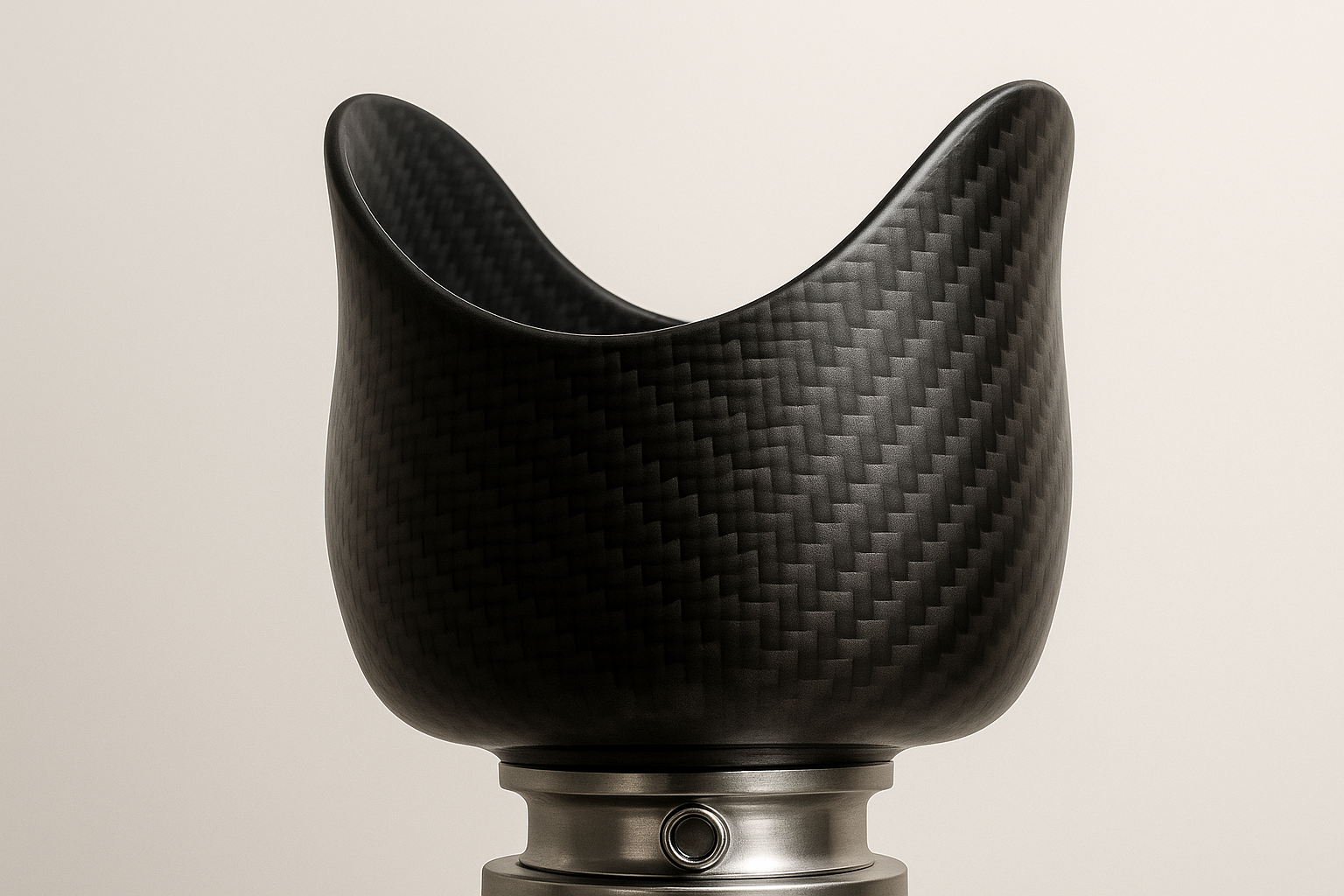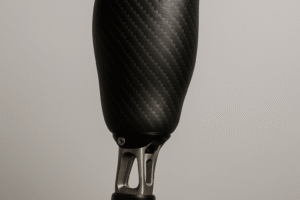What Is Carbon Fiber and How Is It Used in Prosthetics?
The use of carbon fiber in prosthetics has grown rapidly in recent years. Carbon fiber is strong, light, and durable, making it ideal for creating prosthetic limbs that are comfortable and long lasting. If you ask “is carbon fiber used in prosthetics?”, current practice confirms that yes—carbon fiber is a preferred material for many prosthetic devices. Its stiffness and weight advantages allow developers to build better prosthetic legs, feet, arms, and sockets.
The Early Use of Carbon Fiber in Prosthetic Design
Soldiers and athletes began using the first carbon fiber prosthetic limbs in the late 20th century. That innovation set a new standard for carbon fiber prosthetics. Since then, engineers have refined the design using composite layering, tubing, and prepreg techniques. For those wondering “when was carbon fiber first used in prosthetics?”, the answer lies in prosthetic blades made for runners in the 1980s and 1990s.
Why Prosthetic Sockets Often Use Carbon Fiber
The question “why are prosthetic sockets made of carbon fiber?” is important. Carbon fiber sockets are lightweight, rigid, and customizable. They meet both comfort and engineering needs while providing better skin contact and sweat resistance. This material also helps reduce fatigue and irritation for amputees who wear the socket all day. Leading manufacturers like our carbon fiber prosthetic manufacturer ensure each socket meets high quality standards.
Performance Benefits: Carbon Fiber vs Titanium Prosthetics
Many medical professionals ask “carbon fiber vs titanium prosthetics, which is better?” While titanium is strong, carbon fiber provides a far better strength-to-weight ratio. It absorbs shock better and is less likely to brake under stress. That makes it ideal for athletic users or those with active lifestyles. Carbon fiber prosthetic limbs often outperform titanium in both comfort and speed.
Carbon Fiber for Prosthetic Market Growth
The carbon fiber for prosthetic market has grown steadily. Not only are more providers offering products, but new users demand custom prosthetics like specialized blades or hands. Our role as a trusted carbon fiber prosthetic supplier and prothesis manufacturer ensures you get quality, scalable options for your needs.
Custom Prosthetics: Carbon Fiber Arm and Hand Devices
Carbon fiber isn’t limited to legs and feet. The industry now includes carbon fiber prosthetic arm and carbon fiber prosthetic hand designs. These devices are lightweight, ergonomic, and responsive. They allow patients to regain mobility with minimal bulk. Institutions supplying these products include carbon fiber prosthetic arm supplier and arm manufacturer companies with experience in prosthetic arms and hands.
Sourcing: Wholesale and Manufacturing Options
If you’re looking to offer prosthetics in bulk, our position as a certified carbon fiber prosthetic arm wholesaler and carbon fiber prosthetic leg wholesaler means access to volume pricing and fast delivery. You can browse our catalog or request a quote via our product pages for legs, feet, and arms made from high-grade carbon fiber.
The Engineering Behind Carbon Fiber Prosthetics
Building a carbon fiber prosthetic involves layered composite techniques. Engineers apply prepreg sheets, cure with precision, and shape the socket or blade to individual anatomy. Steps like layup techniques and resin bonding create devices that are both tough and flexible. This method is standard for reliable carbon fiber prosthetic sockets and components.
Health and Comfort Benefits for Users
Users report less pain, better mobility, and less fatigue when using carbon fiber equipment. That’s because these devices reduce weight and provide precise support. For example, the carbon fiber prosthetic foot often allows smooth push-off motion, while the socket fits snugly yet lightly. Clinicians and patients both prefer these advanced designs.
Market Trends: Demand and Innovation
The world of carbon fiber prosthetics continues to evolve. New trends include EMG-controlled arms, hybrid materials, and standardized modular systems. This growth confirms that carbon fiber is not just a niche material, but a mainstream solution for medical design. Institutions sourcing from a reputable carbon fiber prosthetic manufacturer get access to the latest innovations.
Production Scale: Suppliers and Wholesalers
To meet global needs, bulk manufacturing and reliable supply chains are essential. We function as a carbon fiber prosthetic supplier and bulk partner for clinics and providers. Whether you need dozens or hundreds of units, our supplier network and production line can deliver consistent quality.
Buying Guide: Questions to Consider
When shopping for a carbon fiber prosthetic for sale, consider material grade, weight, finish, and customization. Ask: Can this limb support full mobility? Has it passed durability tests? Does it offer imaging compatibility (radiolucency)? How easy is it to clean or repair? Choose trusted manufacturers and suppliers for your best outcome.
Cost Comparison: Price and Long-Term Value
The carbon fiber prosthetic leg cost varies by design, but it often offers better long-term value over cheaper metal devices. You pay more upfront, but benefits like lighter weight, better performance, and durability reduce overall cost over years of use. For pricing, contact our team via the Contact Us page.
Regulatory and Safety Considerations
All medical prosthetic devices must meet safety standards. Carbon fiber devices require FDA or CE approval, biocompatibility testing, and consistent manufacturing controls. We maintain certified facilities and quality assurance to ensure each carbon fiber prosthetic device meets clinical requirements.
The Future: Innovation and Patient-Centered Design
The future of prosthetics lies in even more personalized solutions: combined carbon fiber and sensor-integrated devices, AI-assisted control, and modular components. As the market grows, expect more innovation in custom carbon fiber prosthetics, advanced materials, and more accessible options for users worldwide.





